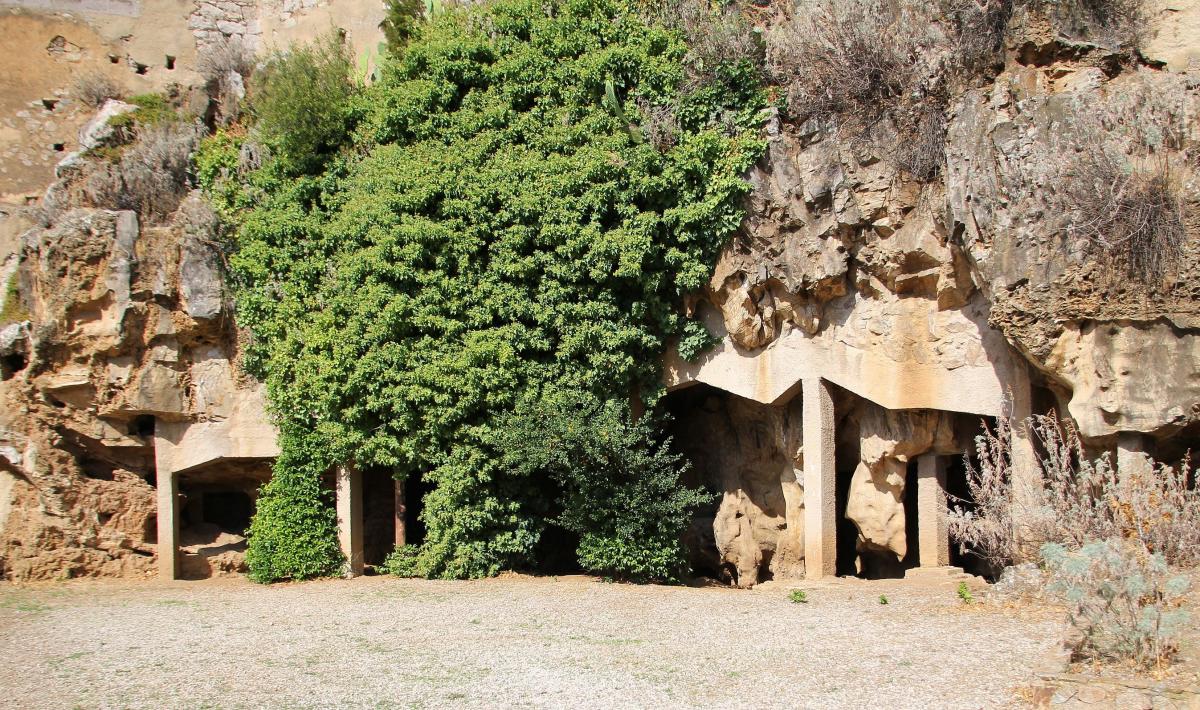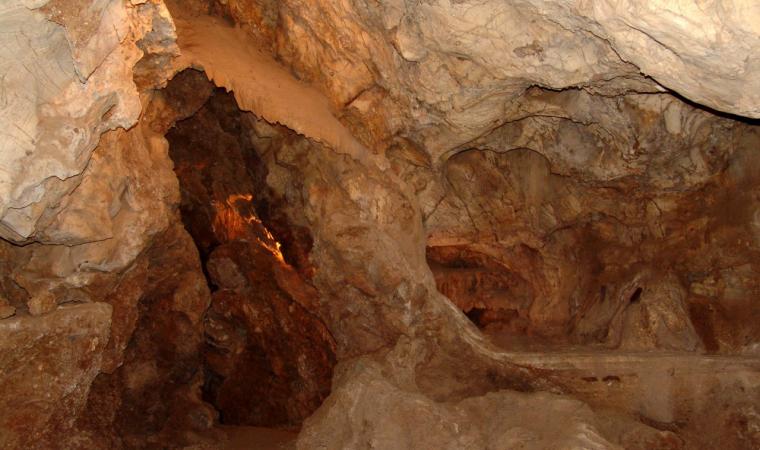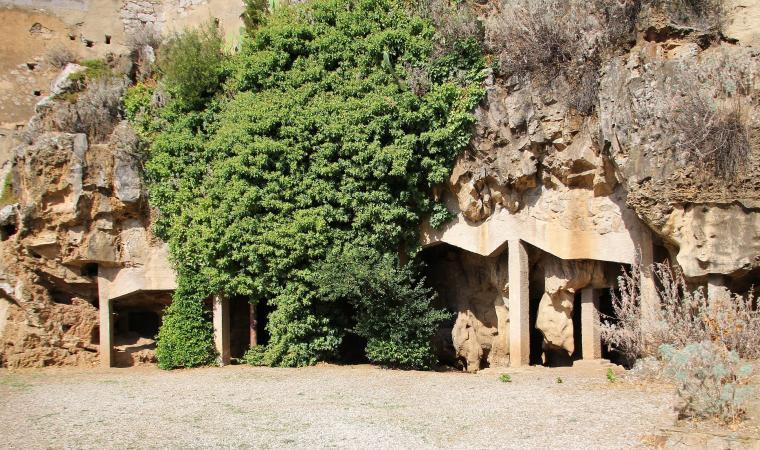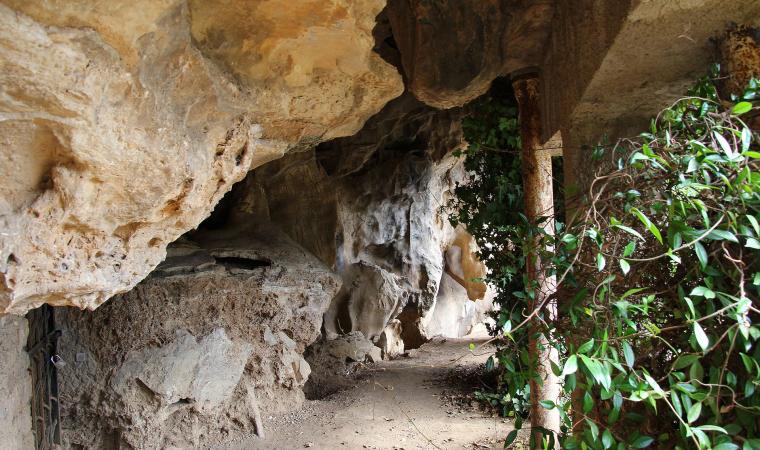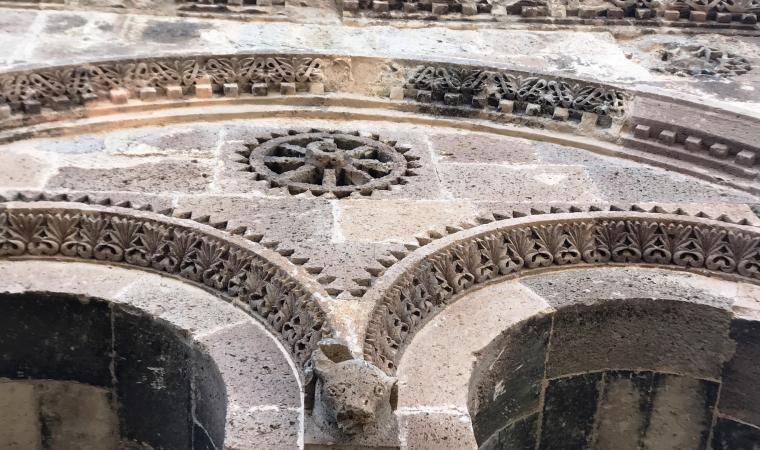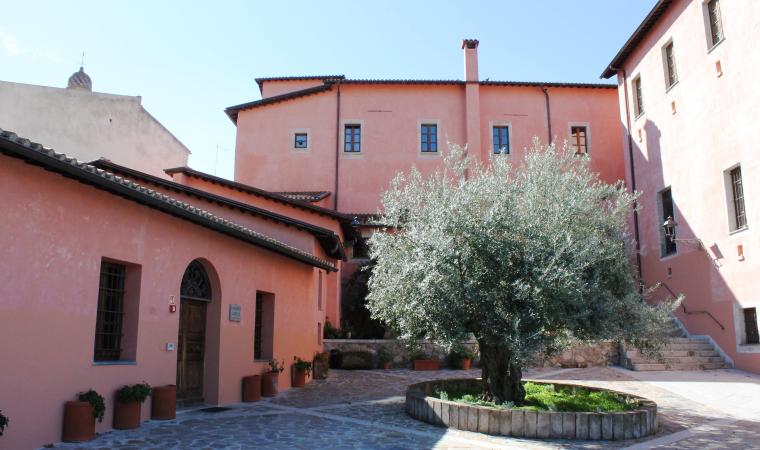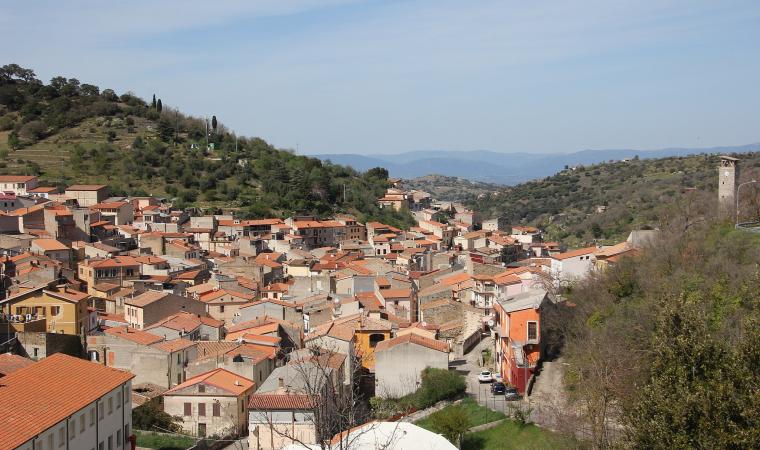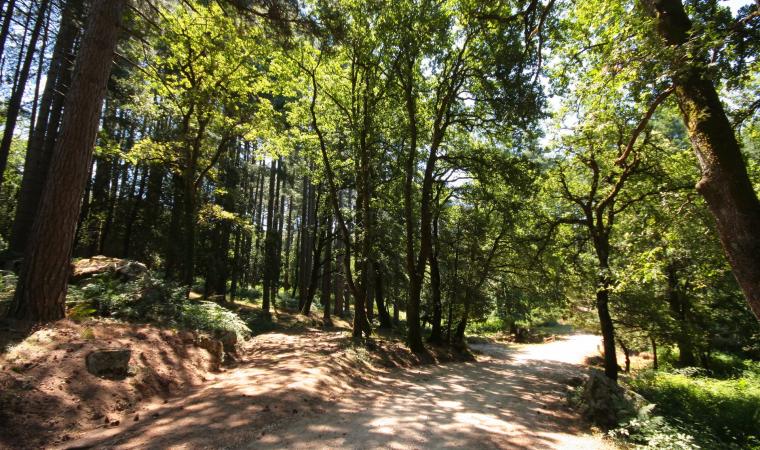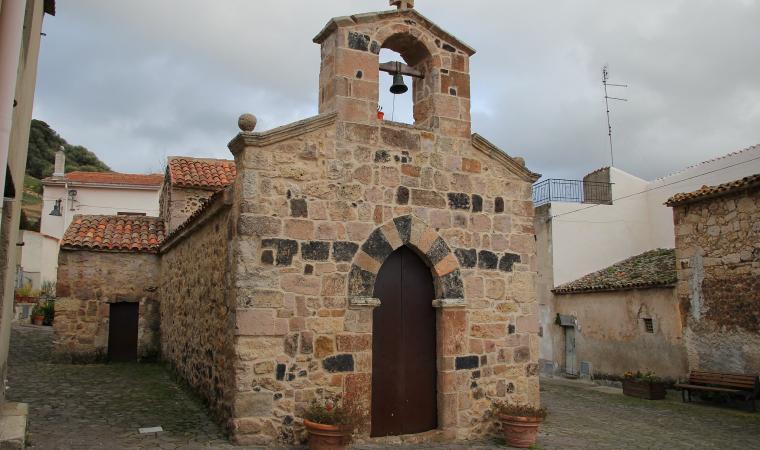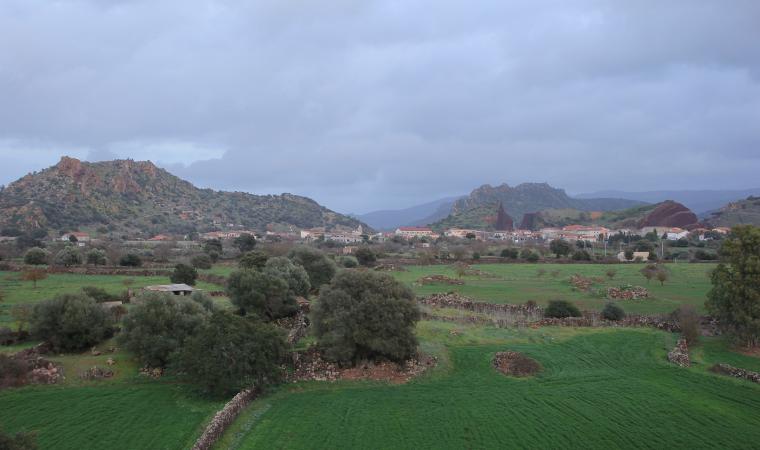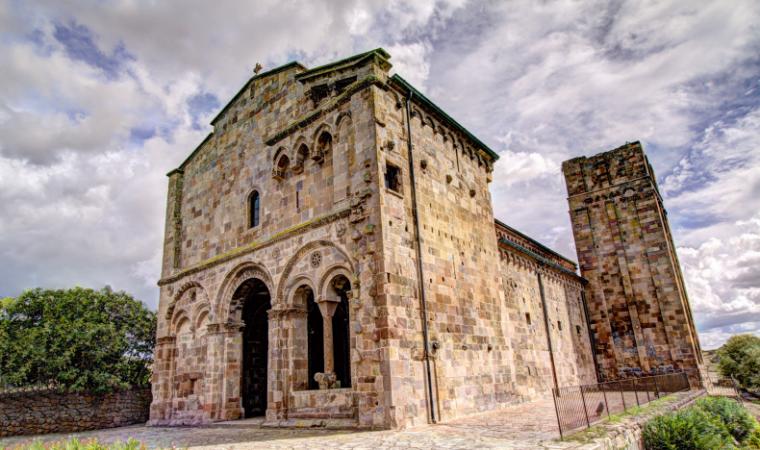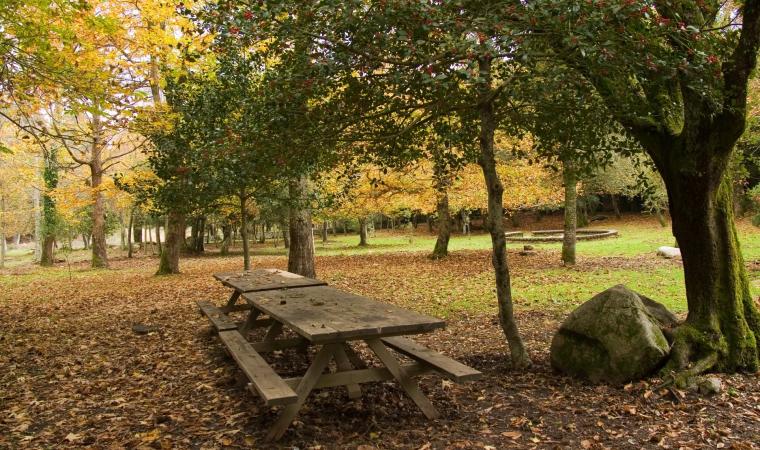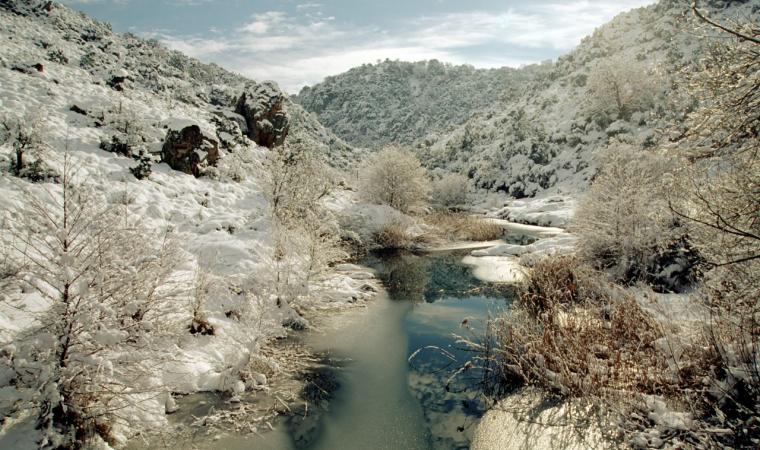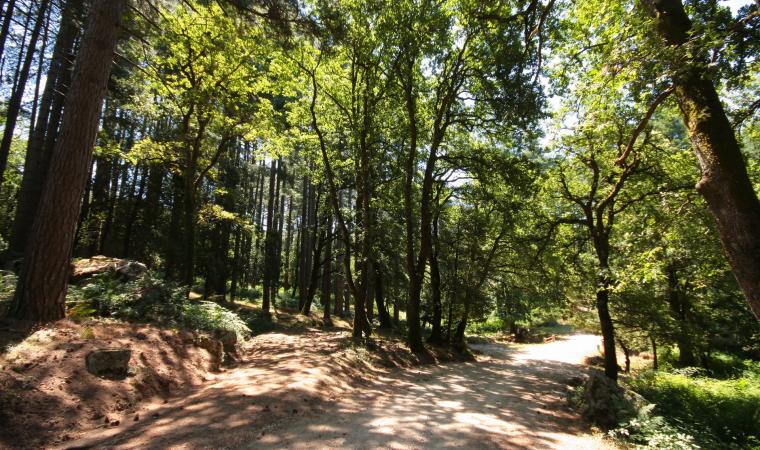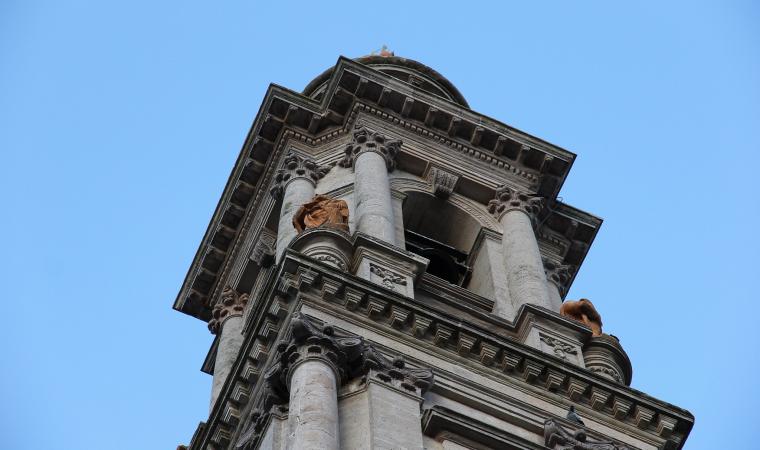This site is fundamental for Sardinian archaeology, so much so that it gives its name to the first prehistoric culture spread throughout the entire territory of the island, also considering the fact that the finds show an astonishing level of technical skill for the age in which they were made. The cave of San Michele is located in Ozieri, on the edge of the residential area. The cave emerged as a result of the action of a watercourse - which has now disappeared - inside a limestone massif that ‘created’ a system of tunnels, underground passages and rooms, located around a main offshoot. Today, the cave stretches for approximately 160 metres, about sixty of which are accessible, and it ‘descends’ under the ground for about 80 metres. The origin of the name is not accidental: in the past, there was a nearby church dedicated to Archangel Michael who, according to tradition, was a ‘protector’ against evil entities that were thought to inhabit rocky and underground places.
You can admire spaces ‘decorated’ with stalactites and calcite alabaster duricrusts. From time to time, you will hear the sound of drops of water falling to the ground, testifying to the fact that, despite its very long history, the cave is still ‘alive’. It already was in the final Neolithic period, between 3200 and 2800 BC. In fact, the evidence that contributed to defining the characteristics of the Culture of San Michele (or Ozieri Culture) dates back to this period. This is the first cultural facies of which there are widespread traces throughout the Sardinian territory, a phase characterised by intense demographic development, evolution in the utilisation of agricultural resources and the construction of Domus de Janas, corridor tombs, dolmens and menhirs. The cave was used for funeral and religious purposes, as is evident in the artefacts found there, which are now kept in the Civic Archaeological Museum of Ozieri, in the National Archaeological Museum of Cagliari and in the Sanna National Museum of Sassari, where the most famous object, a pyx with horn-shaped spiral motifs and ram protomes, is on display. Other finds that stand out include ceramics with oriental influences, of superior workmanship to those produced during the subsequent facies, as well as small flint and obsidian knives, tripods, basket-form vases and an idol depicting the Mother Goddess.
During the cultural tour of Ozieri and surroundings, you can enjoy archaeology, architecture, art and tradition. On the Chilivani plain, stands the majestic basilica of Sant’Antioco di Bisarcio, one of the most striking medieval religious buildings on the Island. Not far from the sanctuary, you will find the Chilivani racecourse, a ‘historic’ equestrian facility and an expression of the deeply-rooted, renowned horse breeding tradition in Ozieri. Also not to be missed are the Cathedral of the Immacolata, the Diocesan Museum of Sacred Art and the ‘Galleu’ Museum of Milling Art, located inside an ancient mill.

